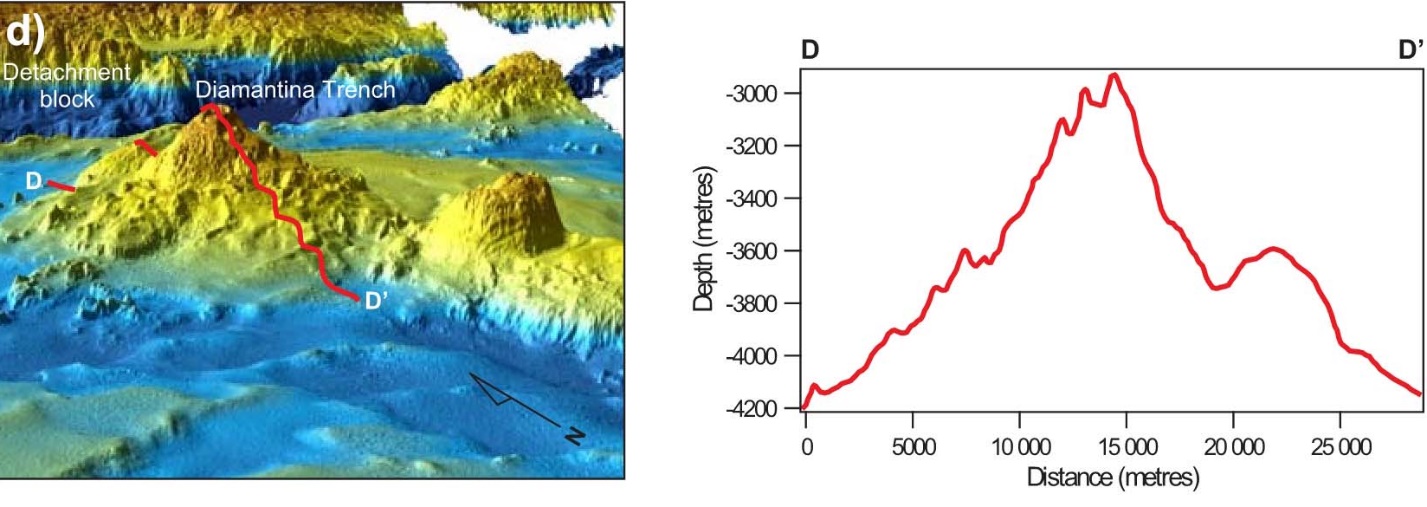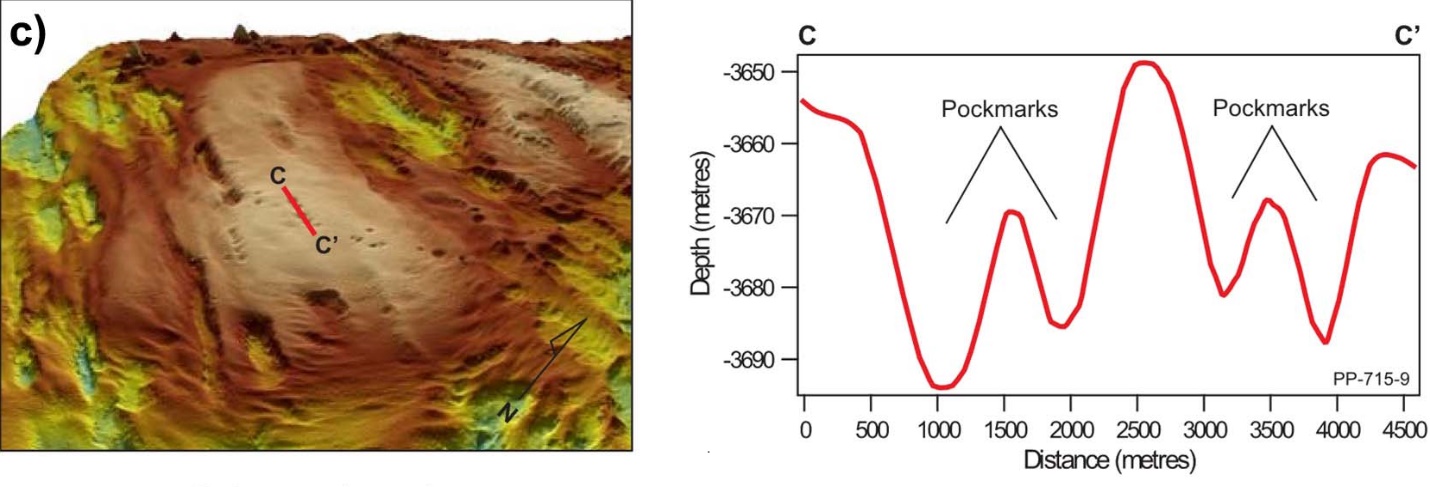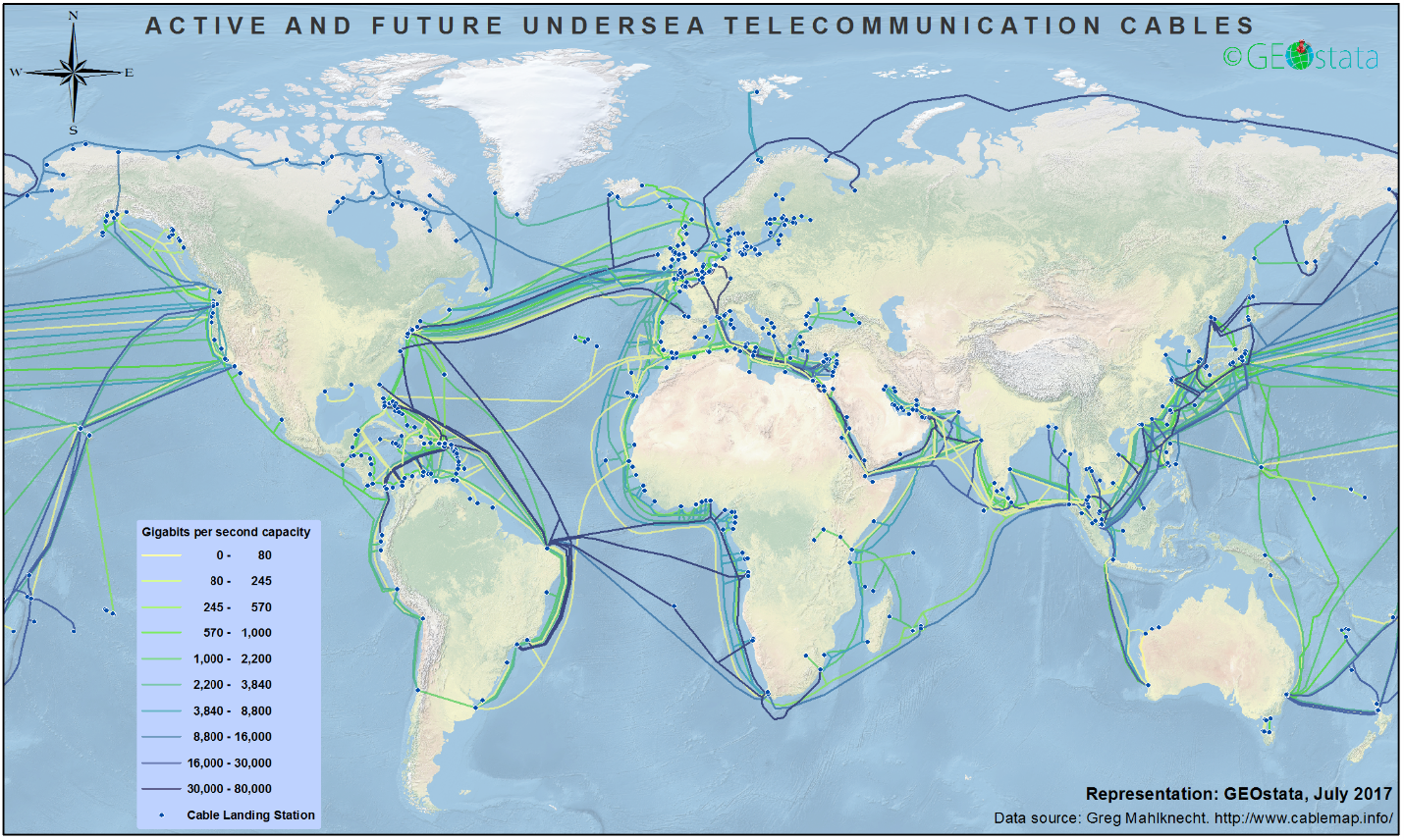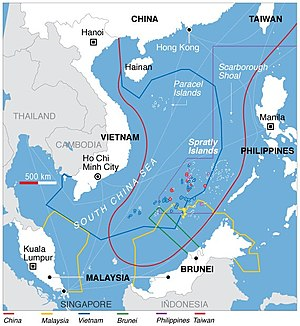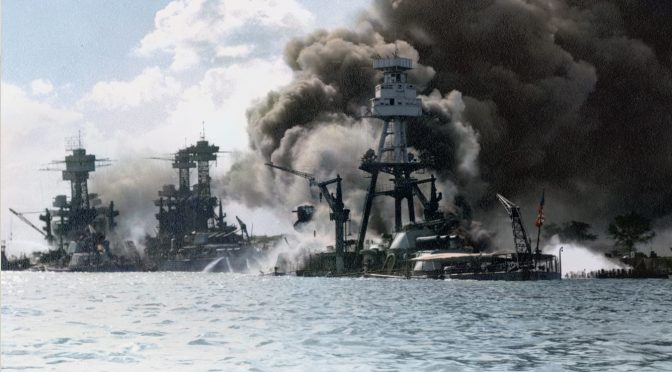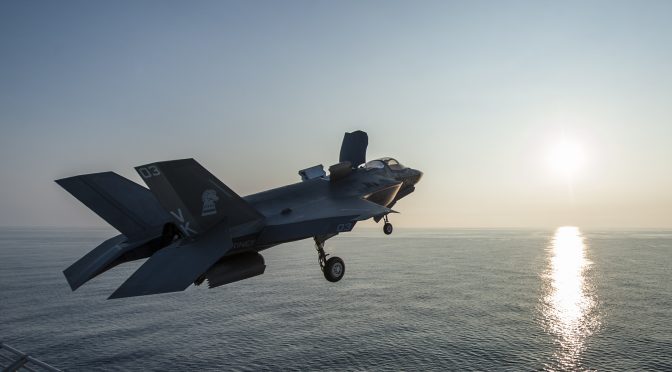By Tuan N. Pham
Last year on June 18, President Donald Trump directed the Department of Defense (DoD) to establish the “Space Force.” The Space Force would be a distinct but equal military service to the Air Force, which has presided over U.S. military space operations since the establishment of an Air Force major command (Space Command) in 1982, subsequent elevation to a unified combatant command (U.S. Space Command) in 1985, and then finally relegation back into the U.S. Air Force as the Air Force Space Command years later. On August 9, the president further instructed DoD to immediately begin the process to establish a Space Force as the sixth branch of the armed forces. On October 23, the National Space Council served up six recommendations to the president to further advance the establishment and sustainment of the proposed sixth military branch. The recommendations call for a unified space command to be known as U.S. Space Command; a legislative proposal for a Space Force; a funding plan in the FY2020 budget; an interagency authorities review; a joint Space Development Agency for technology procurement; and strengthened relationships between military space and the intelligence community. On December 18, the president ordered the Pentagon to re-establish the U.S. Space Command as a unified combatant command for space operations. Two days later, the president announced the Space Force will reside within the Department of the Air Force.
Since the President’s directives, subsequent think tank and media commentaries have focused largely on the necessity for a Space Force. This includes the imperative to counter Chinese (and Russian) growing space ambitions and capabilities, and managing the multitude of bureaucratic, budgetary, doctrinal, command relationship, and legal implications and challenges to establish the sixth military service.
One of the more thoughtful and insightful analysis on the imperative to counter growing Chinese space ambitions and capabilities – in terms of great powers competition – was written by Namrata Goswami in The Diplomat. In the article titled “Waking Up to China’s Space Dream,” he posited that the “political vision for space, championed by the Chinese leadership, is to build internal capacity that can support a space presence and establish dominance and industrialization that would in turn enhance the national rejuvenation of the Chinese nation.” Underscoring Goswami’s point, China’s Chang’e-4 lunar probe made the world’s first landing on the far side of the moon on January 3, and Beijing announced shortly thereafter more lunar missions later in the year to lay the groundwork for a moon base and an ambitious plan to explore Mars by 2020.
Interestingly, Chinese media and punditry have also offered their opinions on the proposed U.S. Space Force, most notably the People Liberation Army’s (PLA) Daily and Global Times (subsidiary of the PLA Daily). The former proffered a Chinese assessment of U.S. challenges and opportunities. The Chinese authors surprisingly understood the complexity and nuances of U.S. space policies and operations and the underlying politics and bureaucracy involved. The latter asserted that “outer space has been a place of peace…the United Nations resolutely opposes the militarization of outer space and all countries have remained constrained in terms of their research of military space systems…by establishing a Space Force the United States has started an outer space arms race.” The provocative (and perhaps contradictory) statement was made despite the 2015 establishment of the PLA Strategic Support Force (PLASSF), and recent plans by the PLA Air Force to expand its presence in space. The PLASSF, China’s own Space Force, consolidated, integrated, and synchronized all of its space, cyber, and electronic warfare capabilities under one umbrella organization.
More strategic guidance is needed to guide and manage the operations of the new U.S. Space Force. Hence, this is part one of a three-part series that revisits past recommendations for a new U.S. space policy and strategy in terms of ends, ways, and means – freedom of space, space preeminence, and full-spectrum space deterrence, respectively. Part two will take a step back for strategic context and re-examine a conceptual framework characterizing the dynamics that contribute to instability and stability in the space domain. Part three will then discuss suggestions on how America (through the Space Force) can promote stability while prolonging U.S. space preeminence into the 21st century…additional considerations for U.S. policymakers as they develop a new strategic guidance for the Space Force. Altogether, these erstwhile proposals have become more relevant and acceptable with the passage of the new muscular National Security Strategy and National Defense Strategy, and can help provide a strategic framework for space operations, as well as advocacy for space requirements and capabilities.
Freedom of Space (Ends)
One of the principal goals of current U.S. strategic guidance for space – 2010 National Space Policy, 2011 National Security Space Strategy, and 2012 DoD Space Policy– is maintaining the stability, sustainability, and free access to and use of space for all. They specifically call for the conduct of space operations without interference and in ways that promote transparency and enable the sharing of benefits provided by the peaceful use of space. These lofty and benevolent U.S. goals are consistent with those of the United Nations that supports the conduct of space activities for peaceful purposes and the benefit of all mankind.
There are historical precedents for guiding the consideration of universal space security and stability, the naval precedent perhaps foremost. For more than 500 years, great nations (maritime powers) maintained powerful and globally deployed navies to guarantee the freedom of the seas for all (net providers of maritime security), a pre-condition for international trade, economic development, and global prosperity underwritten by naval power ensuring the free flow of maritime commerce. Hence, there is a strong need going forward for a comparable guarantor of the freedom of space (net provider of space security) to ensure the free flow of space commerce, a leadership role that calls out to America, with allied support to fill.
Space Preeminence (Ways)
Just as maritime preeminence is necessary to guarantee the freedom of the seas, so too is space preeminence needed to guarantee the freedom of space. The extant strategic guidance implicitly acknowledged the necessity of space preeminence to enable the stated goals, but stopped short of explicitly affirming them outright. The next space policy and strategy should openly and fully commit America to maintaining that “degree of preeminence in space of one force over another that permits the conduct of operations by the former at a given time and place without prohibitive interference by the opposing force (freedom of action).” If not, the United States may unwisely cede this critical domain to China (and Russia).
In its latest white paper on space published in December 2016, Beijing reaffirmed its strategic intent to use its rapidly growing space program (largely military space) to transform itself into a military, economic, and technological power in accordance with its strategic plan for national rejuvenation (the Chinese Dream). Ye Peijian, the head of China’s lunar exploration program, remarked that the high grounds of space will bear directly on Chinese strategic interests in the coming decades. He made references to the Japanese-administered Senkaku Islands and Philippine-claimed Scarborough Shoal, and suggested that China sees space in terms of astro-strategic terrain rather than simply the focus of scientific exploration:
“The universe is an ocean, the moon is the Diaoyu Islands (Senkaku), Mars is Huangyan Island (Scarborough). If we don’t go there now even though we’re capable of doing so, then we will be blamed by our descendants. If others go there, then they will take over, and you won’t be able to go even if you want to. This is reason enough.”
Full-Spectrum Space Deterrence (Means)
Many space strategists view space deterrence through the doctrinal lens of denying benefit, imposing cost, and encouraging restraint. On the whole, the current strategic guidance appears to rely heavily on denying benefit (resilience; mission assurance; shared reliance; and capability and capacity to operate in and through a degraded, disrupted, or denied space environment) to deter and defeat aggression by blunting the adversary’s offensive counter-space (OCS) capabilities. The other viable deterrent tools (threat of preemption, active defense, and redline) appear neither considered nor accepted. This limiting take on space deterrence is largely rooted in the hopeful belief of assured resilience, and therefore may have put too much confidence on denying benefit at the expense of imposing cost and encouraging restraint. U.S. policymakers may want to consider adopting a broader, more complete, and more balanced approach toward space deterrence if it hopes to “fully” deter or make a potential adversary think that starting a war or escalating a conflict would be worse than not doing so – particularly if that potential adversary is less reliant on space capabilities than America.
Tactical Preemption and Active Defense
The language and tone of the standing strategic guidance are largely ambiguous in terms of deterrence. The vague and imprecise language can be inadvertently misinterpreted by a potential adversary as perceived U.S. willingness to absorb a possibly disabling first strike, and could encourage a highly destabilizing preemptive attack since America has far more to lose in terms of warfighting capabilities than the attacker due to the offense-inclined nature of space conflict itself. Holding space assets at risk seems far easier and cheaper than defending them considering the wide range of threat vectors, large target sets, and predictable satellite orbital profiles. Moreover, absorbing such a first strike with all of its potential destructiveness, and then striking back against an adversary fully anticipating a retaliatory strike, can be militarily unsound and risky.
In space, offense dominance scales up – “a power that strikes aggressively should be, in theory, able to get the upper hand, or at least get the greatest possible use of whatever OCS it has invested in.” Thus, employment of tactical preemption and tactical active defense may be appropriate. “Tactical preemption” is the use of military power to deny an adversary specific terrain or gains by attacking potential imminent threats before they can be employed. “Tactical active defense” is the interception and disruption of an imminent attack before it can affect its intended target. Including related language into the next strategic guidance can keep all deterrent options on the table, and coupled with resilience and declaratory statements (redlines), may give greater pause to any potential adversary contemplating a highly destabilizing first strike.
Redlines
Declaratory statement of redlines – actions beyond which would trigger a significant U.S. response – is one important means to shape and influence a potential adversary’s risk perception and calculus, lower the likelihood of misinterpretation, promote transparency, and encourage restraint. Declarative redlines make it explicit that certain actions carry unacceptable risks and consequences, and clearly lay out the conditions and willingness to inflict unacceptable retaliatory damage or destruction. In contrast, “ambiguity in deterrent threats, often held up as strategically artful, may actually encourage a potential adversary’s miscalculation and lead to greater risk taking.” To be effective, redlines need to be credible. Potential adversaries will not take redlines seriously if Washington does not back-up them up with concrete and consistent actions.
Current U.S. declaratory space statements are deliberately vague to provide national leaders a wide range of policy options. The unintended consequences of such political flexibility might be a potential adversary not knowing what to expect, being surprised by the response, and misinterpreting the intent of the response. Therefore, declaratory statements may be warranted for military space capabilities relating to missile warning and C2 of nuclear forces and positioning, navigation, and timing systems relating to key force-projection capabilities. Attacks (kinetic and non-kinetic) on these critical military space systems should be declared unacceptable and that they will be met with “dire” consequences – keeping the consequences deliberately vague in this case. U.S. retaliation should be at the time, place, manner, and degree of own choosing. Potential adversaries do not need to know what, how, when, and where America would retaliate; just that America would in some fashion.
Offensive Counterspace Capabilities
That being said, redlines only work if they are backed up by proven capabilities to carry out the deterrent threats. The continued development, deployment, and employment of OCS capabilities is necessary to enable space warfighting capability and full-spectrum space deterrence unless military space assets can be given far greater resilience than what little they have today. A credible second strike capability requires credible OCS capabilities, preferably ones that are the least destabilizing. There is also danger for America in falling behind strategic competitors like China (and Russia) in OCS capabilities. Both nations are unilaterally and aggressively pursuing robust OCS capabilities of their own.
The heart of the matter remains what type of OCS capabilities, how much, and to what extent should they be publicly disclosed. Regarding the former, some argue none or limited quantities are required while others call for robust OCS capabilities. Whatever the right answer may be, it is difficult to see how one can deter without “some” OCS capabilities. As for the latter, it may be best for now to keep OCS capabilities deliberately vague. Potential adversaries do not need to know what type or how much America has, just that America has the capability to act if it so chooses.
Tuan Pham has extensive professional experience in the Indo-Pacific, and is widely published in national security affairs and international relations. The views expressed therein are his own.
Featured Image: A United Launch Alliance Atlas V rocket blasts off from Space Launch Complex-41 carrying the second U.S. Air Force Space-Based Infrared System GEO-2 satellite March 19, 2013, at Cape Canaveral Air Force Station, Fla. (United Launch Alliance photo by Pat Corkery)




